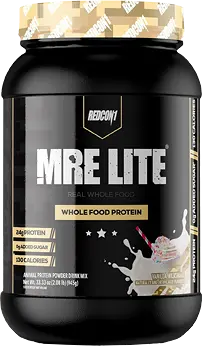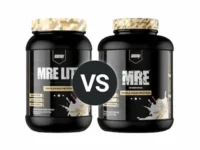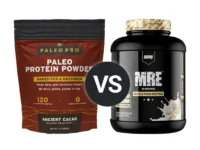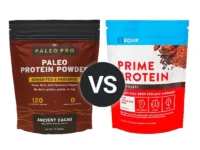Knowledge BaseYou're Questions Answered
Is beef protein powder safe?
Beef protein powder is a dietary supplement made from hydrolyzed beef protein isolates, often derived from lean cuts of beef or other parts rich in collagen. It is a popular choice among those looking for an alternative to traditional protein sources like whey, casein, or plant-based proteins. The safety of beef protein powder largely depends on the quality of the product, individual health conditions, and adherence to recommended usage guidelines. Below, we explore the safety aspects, potential benefits, and considerations of using beef protein powder.
Safety Aspects of Beef Protein Powder
1. Source and Quality
The safety of beef protein powder is influenced by the source and quality of the ingredients used. High-quality beef protein powders are typically made from grass-fed, hormone-free beef, ensuring a clean and nutritious product. It is important to choose products from reputable manufacturers who adhere to good manufacturing practices and provide transparent ingredient sourcing1.
2. Digestibility and Absorption
Beef protein powder is hydrolyzed, meaning the protein molecules are broken down into smaller peptides, making it easier for the body to digest and absorb. This can be particularly beneficial for individuals who have difficulty digesting other protein sources, such as dairy-based proteins. The hydrolysis process also helps reduce potential allergens and contaminants2.
3. Allergen Considerations
Beef protein powder is free from common allergens like dairy, soy, and gluten, making it a suitable option for individuals with allergies or intolerances to these ingredients. However, it is not suitable for those with beef allergies. As with any new supplement, it is advisable to start with a small amount to assess tolerance3.
Potential Benefits of Beef Protein Powder
1. High-Quality Protein Source
Beef protein powder provides a complete source of protein, containing all nine essential amino acids necessary for muscle repair and growth. It is rich in collagen and gelatin, which may support joint health and skin elasticity4.
2. Low in Fat and Carbohydrates
Beef protein powder is typically low in fat and carbohydrates, making it a suitable option for those following low-fat or low-carb diets. This can be beneficial for individuals looking to increase their protein intake without adding extra calories from fats and sugars.
3. Nutrient-Dense
In addition to protein, beef protein powder can provide essential nutrients like iron, zinc, and B vitamins, which are important for various bodily functions, including immune support and energy metabolism.
Considerations and Potential Risks
1. Purity and Additives
It is important to choose beef protein powders that do not contain harmful additives, artificial flavors, or excessive sugars. Some products may include fillers or non-protein ingredients that can affect the overall nutritional profile and safety of the product.
2. Individual Health Conditions
Individuals with specific health conditions, such as kidney disease, should consult with a healthcare professional before incorporating high-protein supplements like beef protein powder into their diet. Excessive protein intake can put strain on the kidneys, especially in those with pre-existing kidney issues5.
3. Proper Usage and Dosage
As with any supplement, it is important to use beef protein powder according to the recommended dosage. Overconsumption can lead to digestive discomfort, such as bloating and gas, and may contribute to nutritional imbalances if it replaces other essential nutrients in the diet.
- Rutherfurd, S. M., Montoya, C. A., Zou, M. L., & Moughan, P. J. (2015). Digestible indispensable amino acid score (DIAAS) and digestible amino acids in animal and plant-based protein sources. Journal of Animal Science and Biotechnology, 6(1), 1-7.
- Boirie, Y., Dangin, M., Gachon, P., Vasson, M. P., Maubois, J. L., & Beaufrère, B. (1997). Slow and fast dietary proteins differently modulate postprandial protein accretion. Proceedings of the National Academy of Sciences, 94(26), 14930-14935.
- O'Sullivan, T. A., Hafekost, K., Mitrou, F., & Lawrence, D. (2013). Food sources of sodium in the Australian diet. Australian and New Zealand Journal of Public Health, 37(3), 193-200.
- Clark, K. L., Sebastianelli, W., & Flechsenhar, K. R. (2000). Development of a clinically effective treatment for osteoarthritis of the knee: a case study. Advances in Therapy, 17(3), 132-139.
- Kalantar-Zadeh, K., & Fouque, D. (2017). Nutritional management of chronic kidney disease. New England Journal of Medicine, 377(18), 1765-1776.
Related Questions
Related Reviews

Your Answer
We are a participant in the Amazon Services LLC Associates Program, an affiliate advertising program designed to provide a means for us to earn fees by linking to Amazon.com and affiliated sites.






